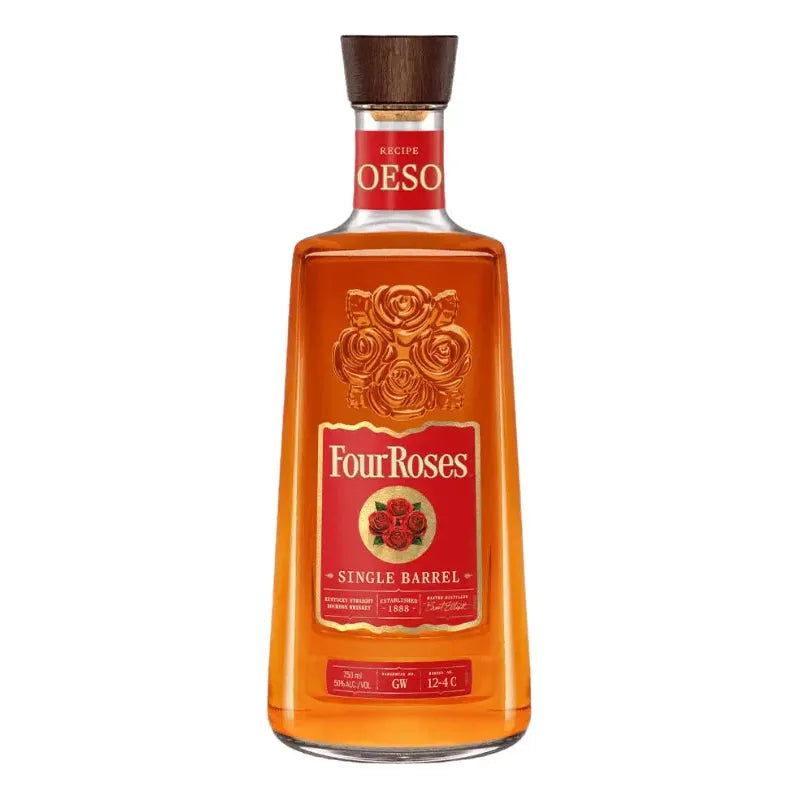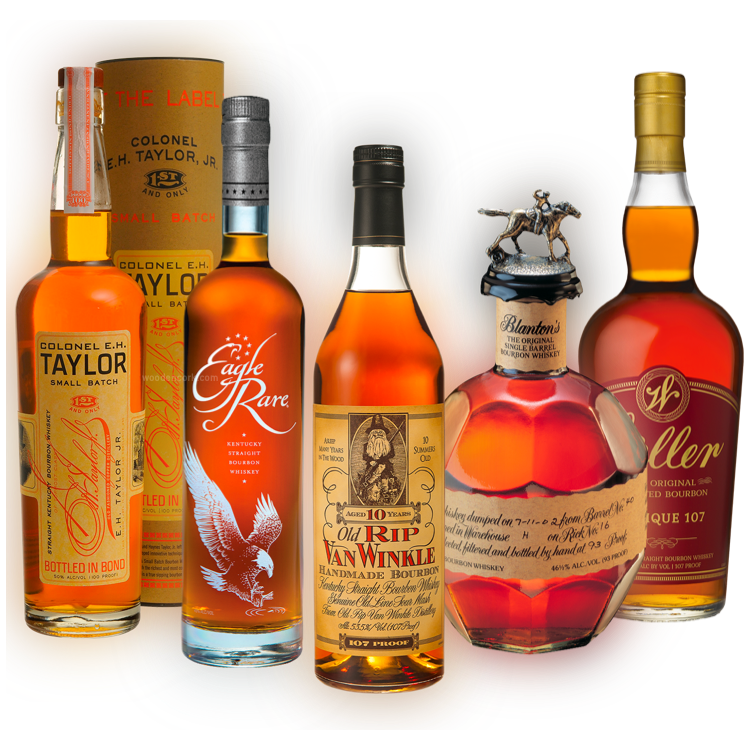Redefining the Cream Liqueur Category
Cream liqueurs are more that just blends that contain Irish whiskey. Rising consumer interest in craft and premium products has extended into the category. New products coming out include high-end tequilas and rums blended with cream — along with other flavor innovations. And the category has benefitted greatly from the mixology movement.
A number of producers have helped lead this transition as the category continues to grow beyond Irish cream. Here are two companies that have helped bring greater innovation and flavor variety to the category.
McCormick Distilling

Tequila Rose from McCormick Distilling was among the first cream liqueurs on the shelf that did not feature Irish whiskey. A mix of tequila with strawberry liqueur, the brand launched in 1993. Twenty-five years later, it has blossomed into a consistently successful seller worldwide.
“It’s always had appeal for women as an easy-drinking way to participate in the tequila category,” explains Mick Harris, McCormick Distilling managing director.
“People will tag their girlfriends in photos of Tequila Rose with the line ‘This makes me think of you’,” says Noelle Hale, McCormick Distilling communications director. “The brand has a very viral nature. That’s what’s kept up its buzz. People will post, ‘You gotta go try that pink tequila liqueur’.”
McCormick Distilling also produces Keke (pronounced key-key) Key Lime Pie Cream Liqueur. Launched in 2000, the brand tastes very much like its name suggests. Consumers can drink it straight, over ice or, as McCormick Distilling increasingly advertises, in cocktails.
Keke is produced in a way that allows for mixed drinks, where other cream liqueurs might come up short. “Because of its PH profile, you can mix it with other citrus liqueurs and not have a curdling effect that you would get with other cream liqueurs,” Harris explains. “If you did that with other similar products, normally you would get a glass full of sludge.”
Originally the brand was conceived as a follow-up to the success of Tequila Rose. Keke, unfortunately, didn’t find as large a market as its tequila-based predecessor. By Harris’ own admission, the brand was a “tremendous loss” for McCormick Distilling.
Undeterred, the company recently rebranded and reimagined Keke. Harris and his team believe they can tap into the current mixology movement. New marketing has focused on cocktails, including a relaunched website that offers up recipes with photos.
McCormick Distilling also offers a craft take on Irish Cream. Five Farms is a farm-to-bottle, single-batch Irish Cream. The company co-ops with five farms in Cork County, Ireland to source the dairy cream, which is mixed within 48 hours of creation with triple-distilled Irish whiskey.
“The concentration of Irish whiskey also sets the brand apart,” Harris says. “Most Irish creams contain less than 1% Irish whiskey. The rest of the alcohol is neutral grain spirits. Five Farms contains 10% Irish whiskey. You can really note the depth of the whiskey content and the luxurious mouth-feel from the farm cream.”
The final product comes in a retro 1950s/’60s-era glass Irish cream bottle with a swing-top enclosure. “The movement towards premium quality is what this product is all about,” Harris says.
One common consumer fear with cream liqueurs is spoiling. But Harris believes these concerns are outdated.
“The cream liqueur category has been around a long time,” he says. “There’s a lot of technology now that goes into stabilizing these products. Shelf life is not a major issue for us. Obviously you need to store these products at a proper temperature, and stores should rotate product. But distributors have quality control standards that make it is not a problem.”
RumChata
A relatively new brand in the cream liqueur category has rocketed up the sales chart in recent years. RumChata launched in 2009. According to Agave Loco, the company behind the brand, it’s now the second-best-selling cream liqueur in America (after the Bailey’s juggernaut). The product combines cream liqueur with Caribbean rum and cinnamon, vanilla, sugar and other spices. The final flavor is similar to a horchata: a Spanish/Latin spiced drink that’s common in summer.
After eight years of growth, RumChata now comprises 16% of the U.S. cream liqueur category, the company says. This despite the overall cordials and liqueur category slipping 2% in 2016. Why the quick, sustained success?
“Consumers are demanding flavor and premiumization in all areas,” says Bob Kopach, Agave Loco director of public relations. “They are continuing to look for great innovative new tastes, versatility and mixability. RumChata tastes great by itself or mixed with hundreds of other spirits.”
Many consumers first tasted RumChata in a popular cocktail shot that mixes the liqueur with Fireball cinnamon whiskey. That helped expand the product’s demo from women aged 21-39 to include the LDA-30 male shot drinkers. Kopach also reports another target demo: 30-50 year-old women who sip RumChata at night to relax.

All this added up has helped the cream liqueur brand overcome a reputation of being a holiday-season drink.
Like McCormick Distilling, RumChata has embraced the mixology movement. The brand quickly supported the RumChata-and-Fireball shot trend, and has marketed the product through other mixed drinks. In warmer months it promotes RumChata sorbets, coladas and root beer floats. Winter brings RumChata salted caramel apple martinis, pumpkin pie martini and gingerbread cocktail. Espresso martinis, and bourbon cream and rumchata grasshoppers, are drinkable year-round.
On-premise, the brand recently launched a Shot-A-Chata program. The Shot-A-Chata is a two-chamber shot glass that allows bartenders to serve RumChata with any other spirit, beer or soft drink, without the worry of separation when mixed together due to RumChata’s cream base. “Accounts can profit more on each serve by pouring two brands in one glass,” Kopach says.
Launched last July, FrappaChata already has distribution in 46 states in accounts the size of Walmart, Meijer and Kroger. “We are projecting to sell 100,000 cases in 2017 — accomplished in only six months,” Kopach says.
RumChata recently launched MiniChatas creamer cups nationally, in response to fans who used RumChata as creamer in coffee, tea and iced coffee. These are 25-ml. peel-top cups filled with RumChata. Recent Facebook posts have generated over 12 million views, according to Kopach, as this package “has taken on a life of its own with the consumer.”
Kyle Swartz is managing editor of Beverage Dynamics magazine. Reach him at kswartz@epgmediallc.com or on Twitter @kswartzz. Read his recent piece 11 Craft Beer Trends in 2018.
The post Redefining the Cream Liqueur Category first appeared on Beverage Dynamics.



